
Common milkweed – Asclepias syriaca
Asclepias syriaca L.
Asclepiadaceae (Milkweed family)
MI Status
Native
Life cycle
Stoutly erect, patch-forming perennial.
Leaves
Opposite, oval, oblong to egg-shaped leaves are 3 to 8 inches long with smooth margins and distinctly white midveins and veins. The upper leaf surface is dark green and usually smooth; the lower leaf surface is pale green and finely hairy. Leaves exude a milky sap when damaged.
Stems
Stout and erect, rarely branched, up to 6-foot-tall herbaceous stems are finely hairy and hollow and exude a milky sap when damaged.
Flowers and fruit
Purple, pink to white flowers are found in dense, ball-like clusters consisting of 20 to 130 individual flowers. Fruit are large, 3- to 5- inch-long, grayish green, teardrop-shaped pods covered with soft, warty bumps. Pods split open at maturity to release thin, brown, oval seeds each with a tuft of long, silky hairs that aid in wind dissemination.
Reproduction
Seeds, creeping roots and rhizomes.
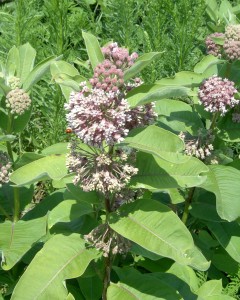
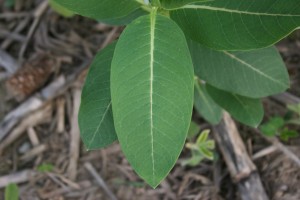
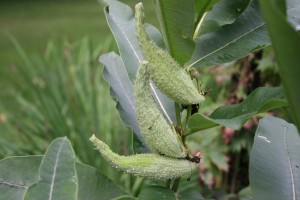
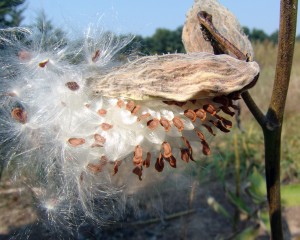
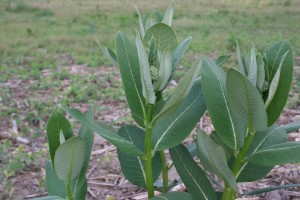
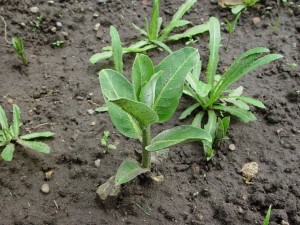



 Print
Print Email
Email




